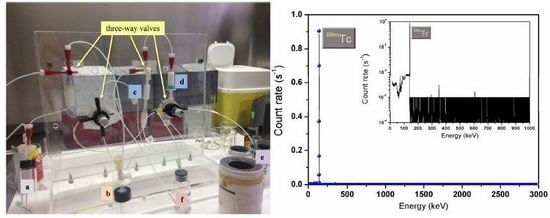14 MeV Neutrons for 99Mo/99mTc Production: Experiments, Simulations and Perspectives
Abstract
:1. Introduction
- Thermal or fast (14 MeV) neutron beams: 98Mo(n,γ)99Mo and 100Mo(n,2n)99Mo, respectively.
- Gamma-ray beam: 100Mo(γ,n)99Mo.
- Accelerated charged-particle beams: 96Zr(α,n)99Mo or 100Mo(p,2n)99mTc.
2. Methods
2.1. 100Mo(n,2n)99Mo Reaction with 14 MeV Neutrons
2.1.1. The Frascati Neutron Generator
2.1.2. Molybdenum Sample Preparation
- 1-
- Three identical plexiglass containers are singularly weighted on a high precision scale (Model RADWAG XA 60/220/X);
- 2-
- We put distilled water at a controlled temperature of T = 296 K into the three containers, so to have a well-known value the water density [21];
- 3-
- We weighted each container with the water inside;
- 4-
- By measuring the water mass inside the container and knowing the water density at that the given temperature, we calculate the inner volume of the container as the average of the three measured values;
- 5-
- We put the powder inside one of the three containers, pressing it during filling by means of a small metallic piston;
- 6-
- We measure the weight of container and powder and subtracting the average weight of the void container, thus obtaining a molybdenum mass to be irradiated on FNG of 6.5 g;
- 7-
- Knowing the powder mass and its volume it is possible to determine the powder density that results to be d = (1.840 ± 0.001) g cm−3.
2.1.3. Molybdenum Powder Irradiation
2.1.4. Gamma-Ray Spectrometry
2.1.5. MC Simulations of the Irradiation of Molybdenum Powder at FNG
2.2. Extraction of the Pertechnetate and Quality Controls
2.3. Predictions of the 99Mo Activity Producible at the NSFS and Thermo-Physical Analysis of the 100Mo Targets
3. Results and Discussion
3.1. 99Mo Production by Means of 14 MeV Neutrons
- use of a D-T fusion neutron source well-characterized in energy and emission rate;
- optimization of the experimental setup and irradiation time by MC calculations;
- exploitation of metrological tools to achieve high levels of accuracy and traceability for the 99Mo and 99mTc activity measurements and MC benchmarking purposes.
3.2. Separation and Purification Process
3.3. Perspectives for NSFS
4. Conclusions
Author Contributions
Funding
Conflicts of Interest
References
- Bé, M.M.; Chisté, V.; Dulieu, C.; Browne, E.; Chechev, V.; Kuzmenk, N.; Helmer, R.; Nichols, A.; Schönfeld, E.; Dersch, R. Table of Radionuclides, Monographie BIPM-5; Vol. 1-A=1 to 150; Bureau International des Poids et Mesures: Sèvres, France, 2004. [Google Scholar]
- Available online: http://www.nucleide.org/DDEP_WG/Nuclides/Tc-99m_tables.pdf (accessed on 28 May 2018).
- International Atomic Energy Agency. Non-HEU Production Technologies for Molybdenum-99 and Technetium-99m; IAEA Nuclear Energy Series No. NF-T-5.4; Technical Reports; IAEA: Vienna, Austria, 2013. [Google Scholar]
- Available online: http://www.nucleide.org/DDEP_WG/Nuclides/Mo-99_tables.pdf (accessed on 28 May 2018).
- OECD Nuclear Energy Agency. NEA-OECD, Report on the Supply of Medical Radioisotopes: An Assessment of Long-Term Global Demand for Technesium-99m; OECD: Paris, France, 2011. [Google Scholar]
- Gould, P. Medical isotope shortage reaches crisis level. Nature 2009, 460, 312. [Google Scholar] [CrossRef] [PubMed]
- Van Noorden, R. Radioisotopes: The medical testing crisis. Nature 2013, 504, 202. [Google Scholar] [CrossRef] [PubMed]
- Capogni, M.; Pietropaolo, A.; Quintieri, L. 99mTc Production via 100Mo(n,2n)99Mo Using 14 MeV Neutrons from a D-T Neutron Source: Discussion for a Scientific Case; RT/2016/32/ENEA; ENEA: Roma, Italy, 2016; Available online: http://hdl.handle.net/10840/8208 (accessed on 28 may 2018).
- Nagai, Y.; Hatsukawa, Y.; Kin, T.; Hashimoto, K.; Motoishi, S.; Konno, C.; Ochiai, K.; Takakura, K.; Sato, Y.; Kawauchi, Y.; et al. Successful Labeling of 99mTc-MDP Using 99mTc Separated from 99Mo Produced by 100Mo(n;2n)99Mo. J. Phys. Soc. Jpn. 2011, 80, 083201. [Google Scholar] [CrossRef]
- OECD Nuclear Energy Agency. Medical Isotope Supply in the Future: Production Capacity and Demand Forecast for the 99Mo/99mTc Market, 2015–2020; NEA Report NEA/SEN/HLGMR; Nuclear Energy Agency: Issy-les-Moulineaux, France, 2014; Volume 2. [Google Scholar]
- Available online: http://www.fusione.enea.it/LABORATORIES/Tec/FNG.html.e (accessed on 28 may 2018).
- Pietropaolo, A. The Frascati Neutron Generator. J. Phys. 2018, 1021, 012004. [Google Scholar]
- Fassò, A.; Ferrari, A.; Sala, P.R.; Ranft, J. FLUKA: A Multi-Particle Transport Code; CERN-2005-10, INFN/TC-05/11; CERN: Genève, Switzerland, 2005. [Google Scholar]
- Pillon, M.; Angelone, M.; Pietropaolo, A.; Pizzuto, A. Feasibility study of an intense D–T fusion source: “The New Sorgentina”. Fus. Eng. Des. 2014, 89, 2141–2144. [Google Scholar] [CrossRef]
- Console Camprini, P.; Bernardi, D.; Pillon, M.; Angelone, M.; Frisoni, M.; Pietropaolo, A.; Pizzuto, A.; Agostini, P. EURATOM–ENEA Association on Fusion. Design optimization and performances of New Sorgentina Fusion Source (NSFS) supporting materials research. Fus. Eng. Des. 2015, 96–97, 236–239. [Google Scholar] [CrossRef]
- Pietropaolo, A.; Camprini, P.C.; Agostini, P.; Amendola, R.; Angelone, M.; Bernardi, D.; Bruni, F.; Capogni, M.; Colognesi, D.; Faccini, R.; et al. The New Sorgentina Fusion Source-NSFS: 14 MeV neutrons for fusion and beyond. J. Phys. Conf. Ser. 2016, 746, 012037. [Google Scholar] [CrossRef]
- Available online: https://www-nds.iaea.org/exfor/exfor.htm (accessed on 28 May 2018).
- Fewell, T.R. An evaluation of the alpha counting technique for determining 14 MeV neutron yields. Nucl. Instr. Meth. 1968, 61, 61–71. [Google Scholar] [CrossRef]
- X-5 Monte Carlo Team. MCNP-A General Monte Carlo N-Particle Transport Code; (Version 5, Vol. I), Report LA-UR-03-1987, 24 April (Revised 10.03.2005); Los Alamos National Laboratory: Los Alamos, NM, USA, 2003. [Google Scholar]
- Pietropaolo, A.; Andreoli, F.; Angelone, M.; Besi Vetrella, U.; Fiore, S.; Loreti, S.; Pagano, G.; Pilotti, R.; Pillon, M. The Frascati Neutron Generator: A multipurpose facility for physics and engineering. J. Phys. Conf. Ser. 2018, in press. [Google Scholar] [CrossRef]
- Jones, F.E.; Harris, G.L. ITS-90 Density of Water Formulation for Volumetric Standards Calibration. J. Res. Natl. Inst. Stand. Technol. 1992, 97, 335–340. [Google Scholar] [CrossRef] [PubMed]
- Michotte, C.; Nonis, M.; Alekseev, I.V.; Kharitonov, I.A.; Tereshchenko, E.E.; Zanevskiy, A.V.; Capogni, M.; De Felice, P.; Fazio, A.; Carconi, P. Activity measurements of the radionuclide 99mTc for the VNIIM, Russian Federation and ENEA-INMRI, Italy, in the ongoing comparison BIPM.RI(II)-K4. Tc-99m and KCRV update in the BIPM.RI(II)- K1.Tc-99m comparison. Metrologia 2016, 49, 060141-17. [Google Scholar]
- Sima, O.; Arnold, D.; Dovlete, C. GESPECR/a versatile tool in gamma-ray spectrometry. J. Rad. Nucl. Chem. 2001, 248, 359–364. [Google Scholar] [CrossRef]
- Debertin, K.; Helmer, R.G. Gamma-and X-ray Spectrometry with Semiconductor Detectors; North Holland: Amsterdam, The Netherlands, 1988; ISBN 0-444-871071. [Google Scholar]
- Capogni, M.; Pietropaolo, A.; Quintieri, L.; Fazio, A.; De Felice, P.; Pillon, M.; Pizzuto, A. 99mTc by 99Mo produced at the ENEA-FNG facility of 14 MeV neutrons. Appl. Rad. Isotop. 2018, 134, 105–107. [Google Scholar] [CrossRef] [PubMed]
- Esposito, J.; Vecchi, G.; Pupillo, G.; Taibi, A.; Uccelli, L.; Boschi, A.; Gambaccini, M. Evaluation of 99Mo and 99mTc productions based on a high-performance cyclotron. Sci. Technol. Nucl. Install. 2013, 2013, 972381. [Google Scholar] [CrossRef]
- Uccelli, L.; Boschi, A.; Pasquali, M.; Duatti, A.; di Domenico, G.; Pupillo, G.; Esposito, J.; Giganti, M.; Taibi, A.; Gambaccini, M. Influence of the generator in-Growth time on the final radiochemical purity and stability of 99mTc radiopharmaceuticals. Sci. Technol. Nucl. Install. 2013, 2013, 379283. [Google Scholar] [CrossRef]
- Martini, P.; Boschi, A.; Cicoria, G.; Zagni, F.; Corazza, A.; Uccelli, L.; Pasqauli, M.; Pupillo, G.; Marengo, M.; Loriggiola, M.; et al. In-house Cyclotron Production of High-purity Tc-99m and Tc-99m Radiopharmaceuticals. Appl. Rad. Isot. 2018, 139, 325–331. [Google Scholar] [CrossRef] [PubMed]
- Rhodes, E.; Dickerman, C.E.; De Volpi, A.; Peters, C.W. APSTNG: Radiation interrogation for verification of chemical and nuclear weapons. IEEE Trans. Nucl. Sci. 1992, 39, 1041. [Google Scholar] [CrossRef]
- Chattopadhyay, S.; Das, S.S.; Barua, L. A simple and rapid technique for recovery of 99mTc from low specific activity 98Mo(n, γ)99Mo based on solvent extraction and column chromatography. Appl. Radiat. Isot. 2010, 68, 1. [Google Scholar] [CrossRef] [PubMed]
- Chattopadhyay, S.; Barua, L.; De, A.; Das Saha, S.; Kuniyil, R.; Bhaskar, P.; Pal Shekhar, S.; Sarkar, S.K.; Das Kanti, M. A computerized compact module for separation of 99mTc-radionuclide from molybdenum. Appl. Radiat. Isot. 2012, 70, 2631. [Google Scholar] [CrossRef] [PubMed]
- Martini, P.; Boschi, A.; Cicoria, G.; Uccelli, L.; Pasquali, M.; Duatti, A.; Pupillo, G.; Marengo, M.; Loriggiola, M.; Esposito, J. A solvent-extraction module for cyclotron production of high-purity technetium-99m. Appl. Radiat. Isot. 2016, 118, 302–307. [Google Scholar] [CrossRef] [PubMed]
- Boschi, A.; Martini, P.; Pasquali, M.; Uccelli, L. Recent achievements in Tc-99m radiopharmaceutical direct production by medical cyclotrons. Drug Dev. Ind. Pharm. 2017, 43, 1402–1412. [Google Scholar] [CrossRef] [PubMed]
- European Pharmacopoeia. Sodium pertechnetate (99mTc) injection (non-fission). Pharmacop. Eur. 2016, 8.8, 1091. [Google Scholar]
- Stolarski, T.; Nakasone, Y.; Yoshimoto, S. Engineering Analysis with the ANSYS Software; Elsevier Butterworth-Heinemann: Oxford, UK, 2006. [Google Scholar]
- The Supply of Medical Radioisotopes Interim Report of the OECD/NEA High-level Group on Security of Supply of Medical Radioisotopes. Nuclear Development NEA/SEN/HLGMR, 2010. Available online: www.oecd-nea.org (accessed on 28 May 2018).
- Available online: http://www.emtr.eu/hfr.html (accessed on 28 May 2018).
- Available online: http://www. aipes-eeig.org/spip.php?article32 (accessed on 28 May 2018).
- Available online: http://www.iaea.org/inis/collection/NCLCollectionStore/_Public/26/017/26017045.pdf (accessed on 28 May 2018).
- Available online: ftp://ftp.ni.com/pub/branches/oceania/ni_keynote_march_10.pdf (accessed on 28 May 2018).
Sample Availability: Samples of the compounds are not available from the authors. |
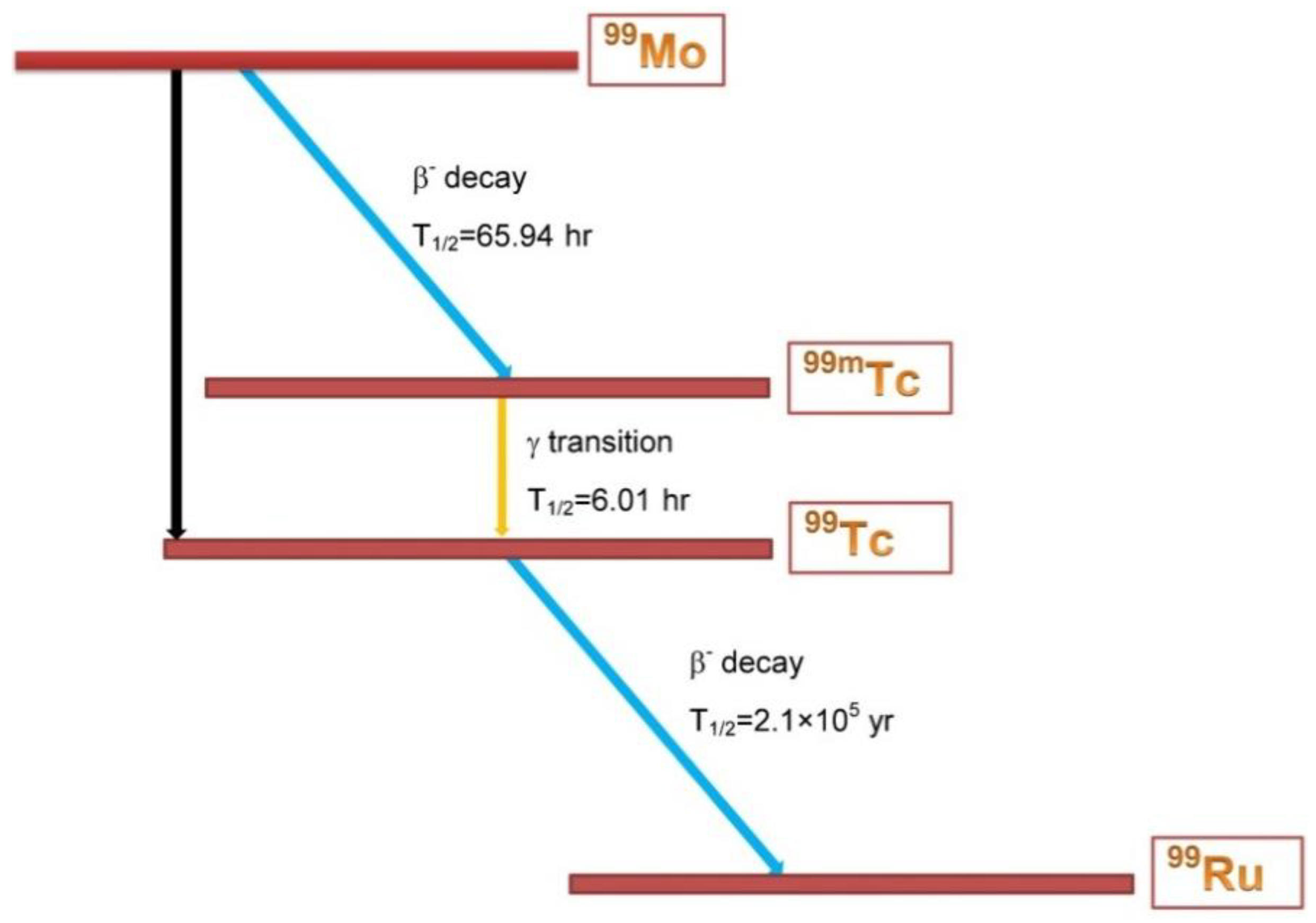
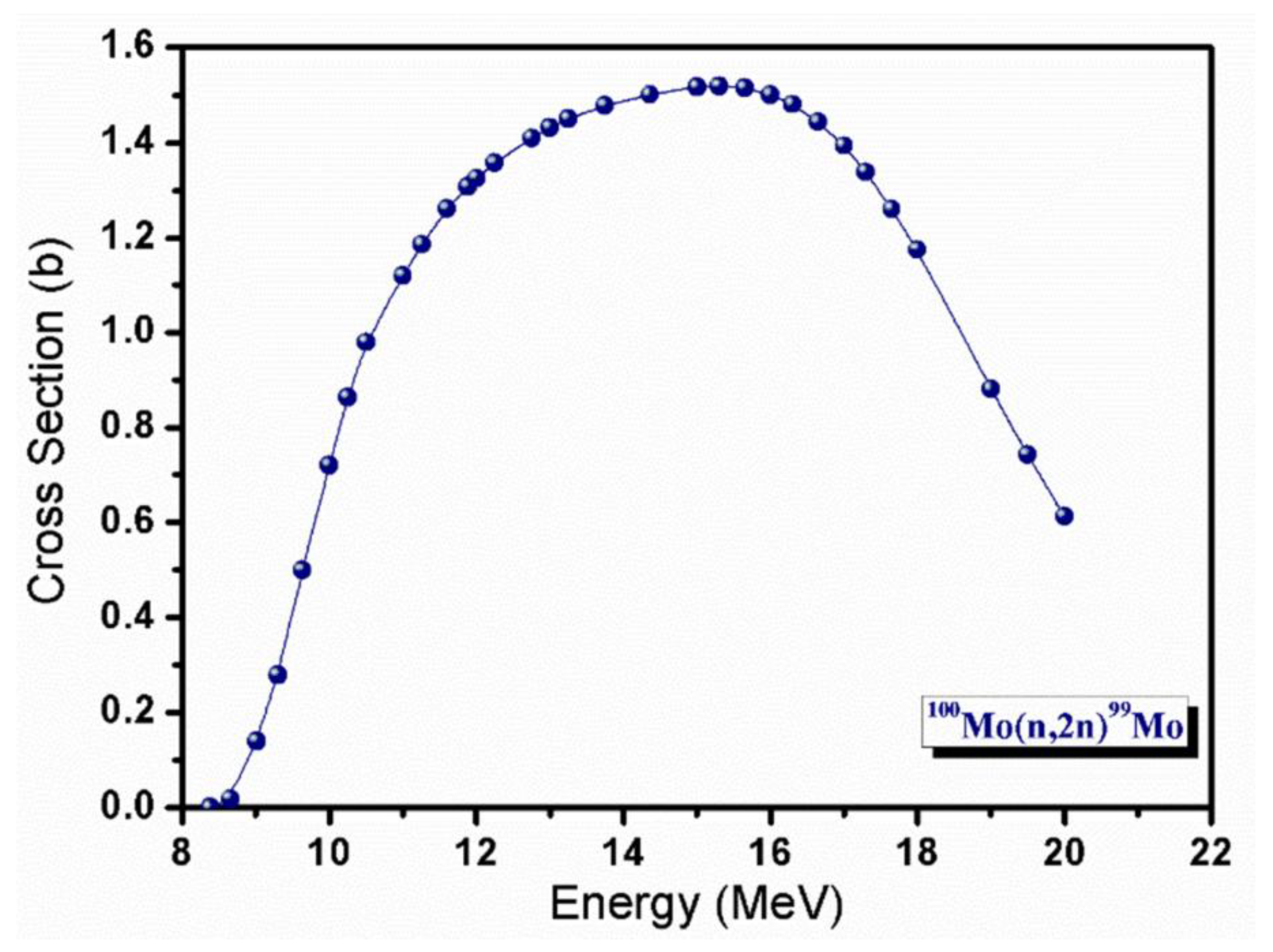
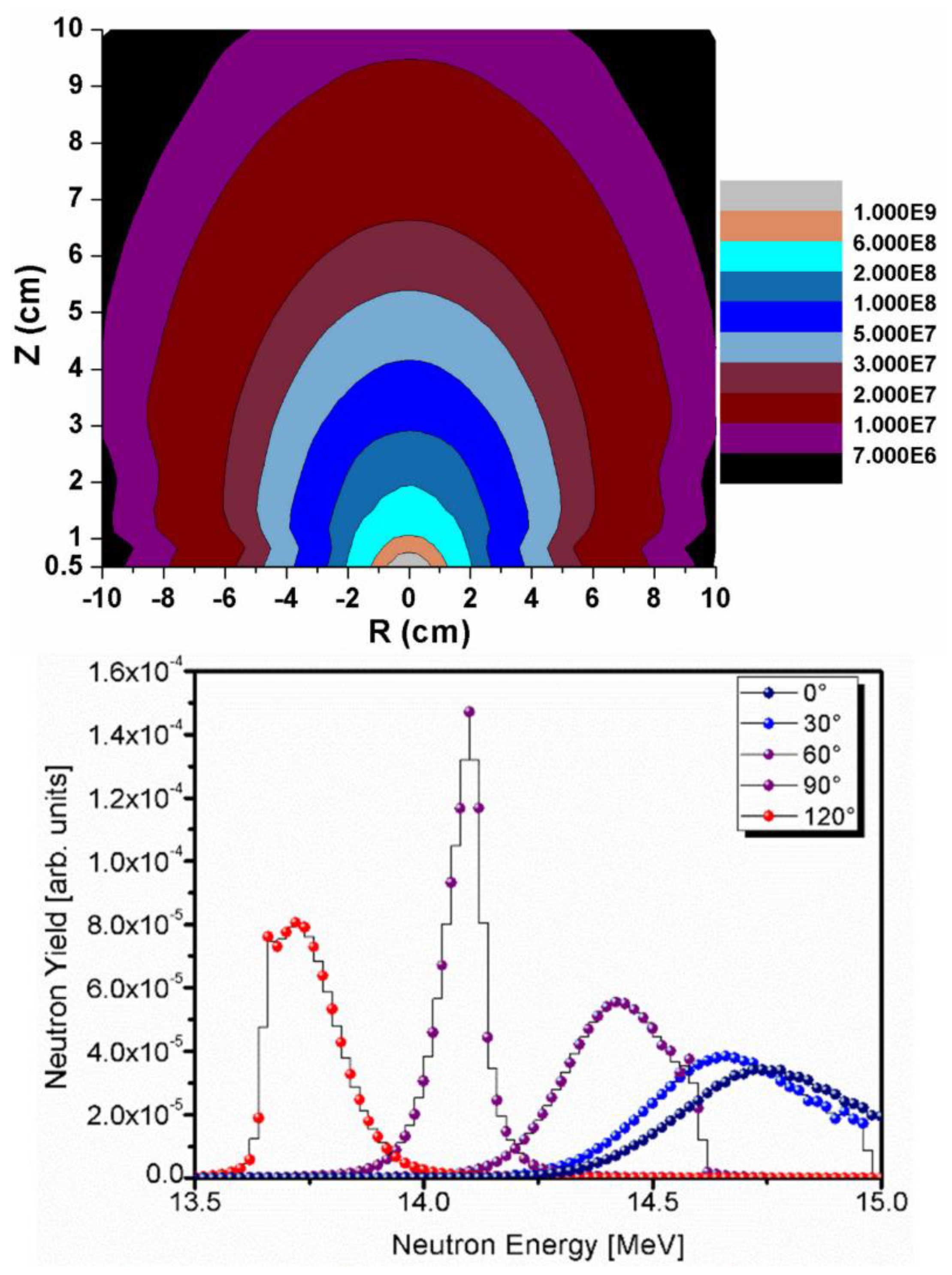
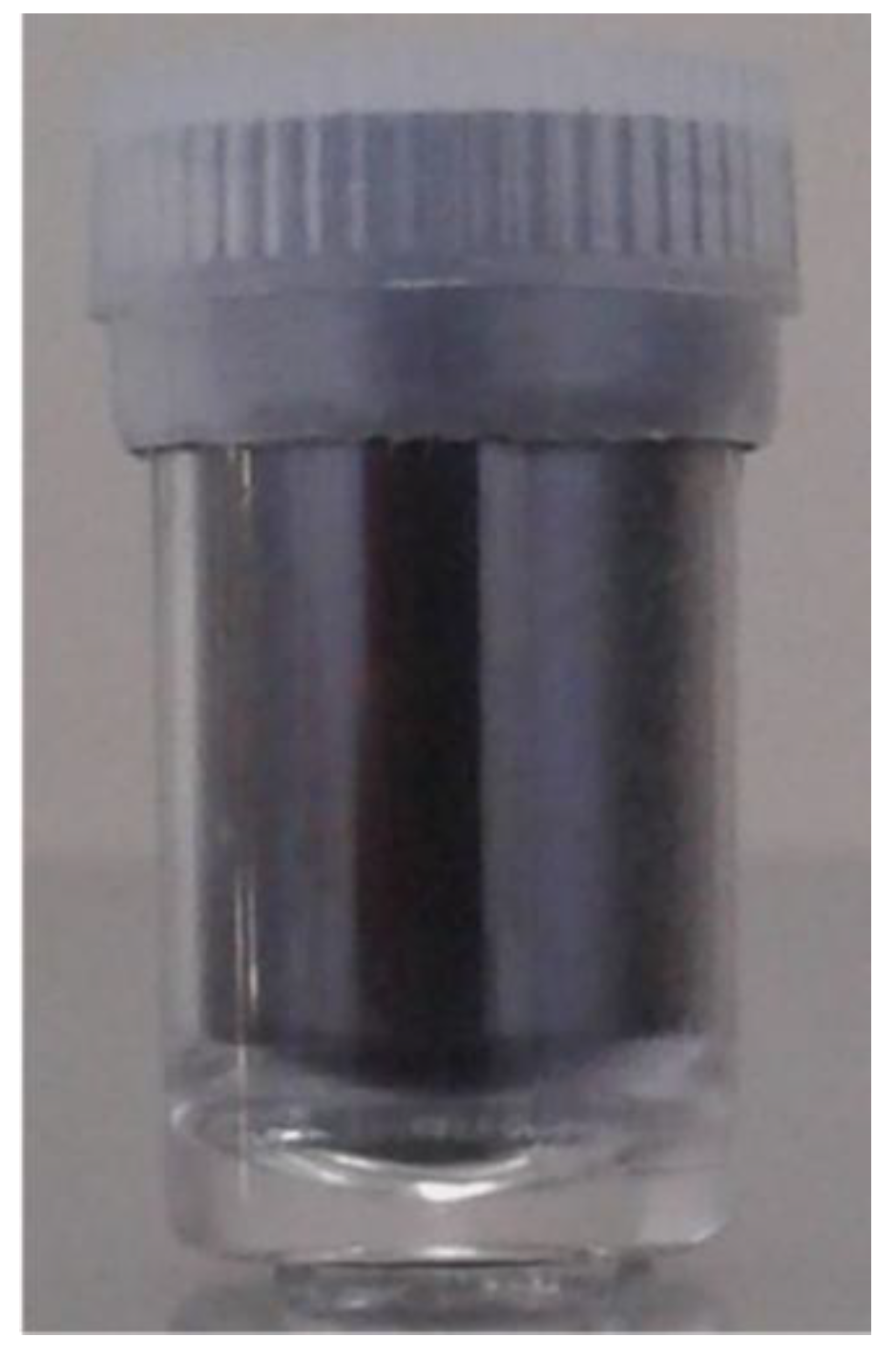
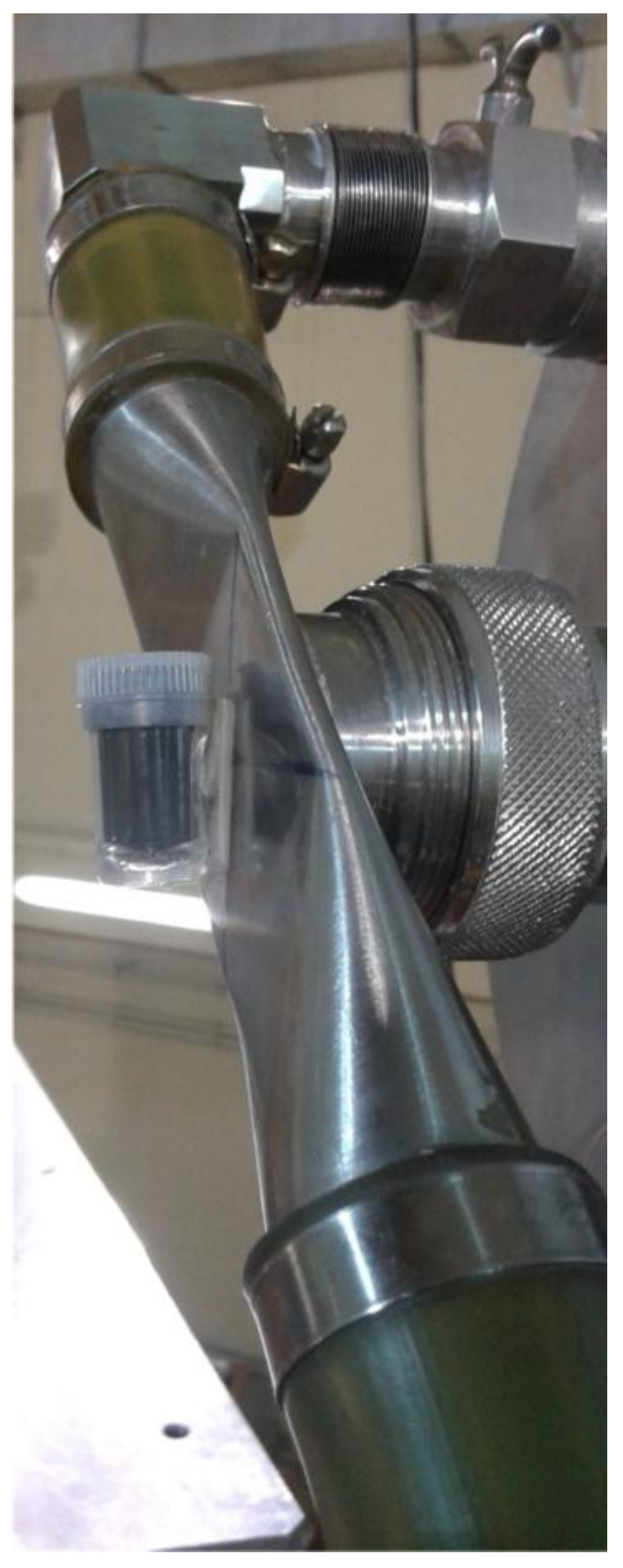
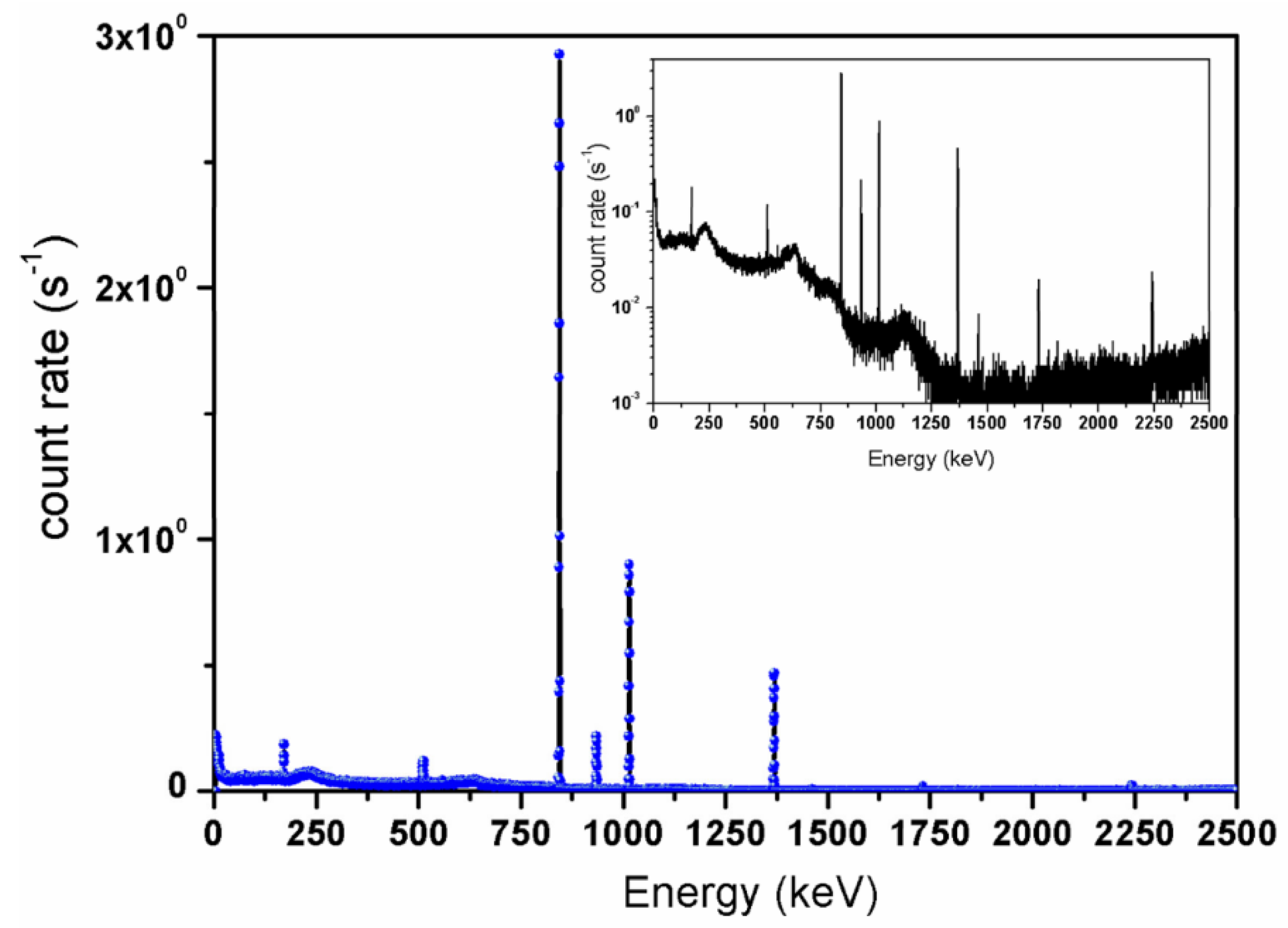
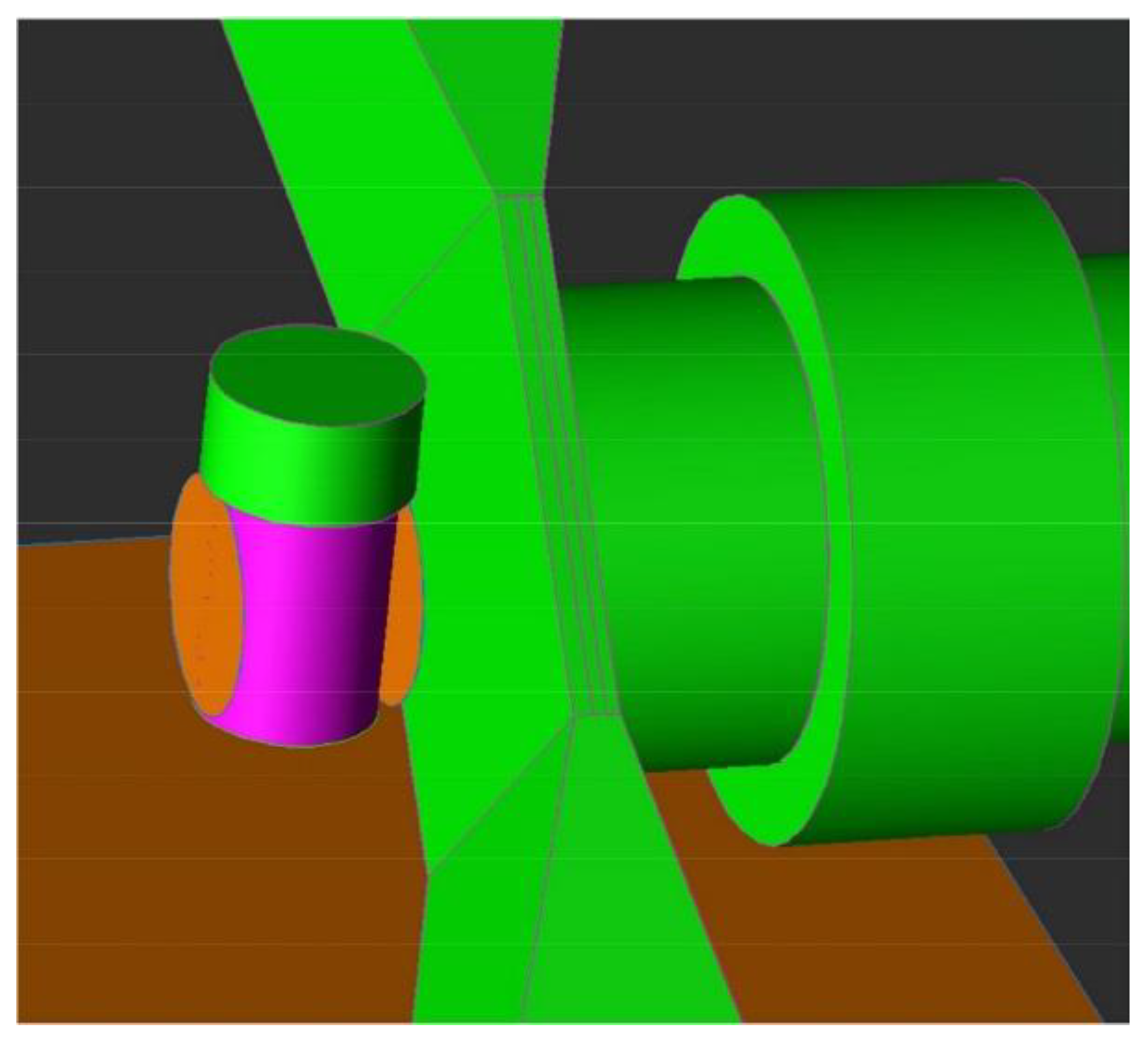
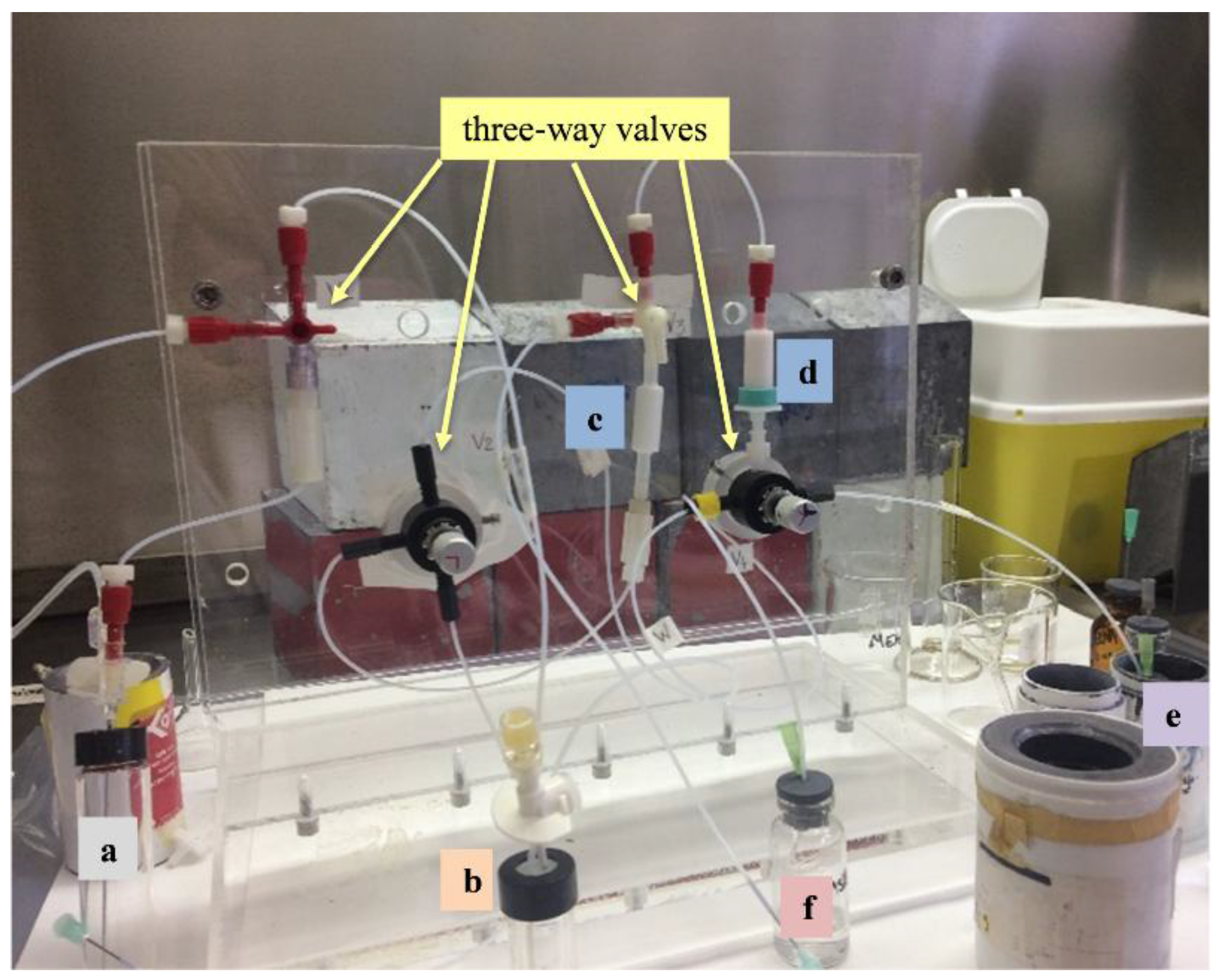
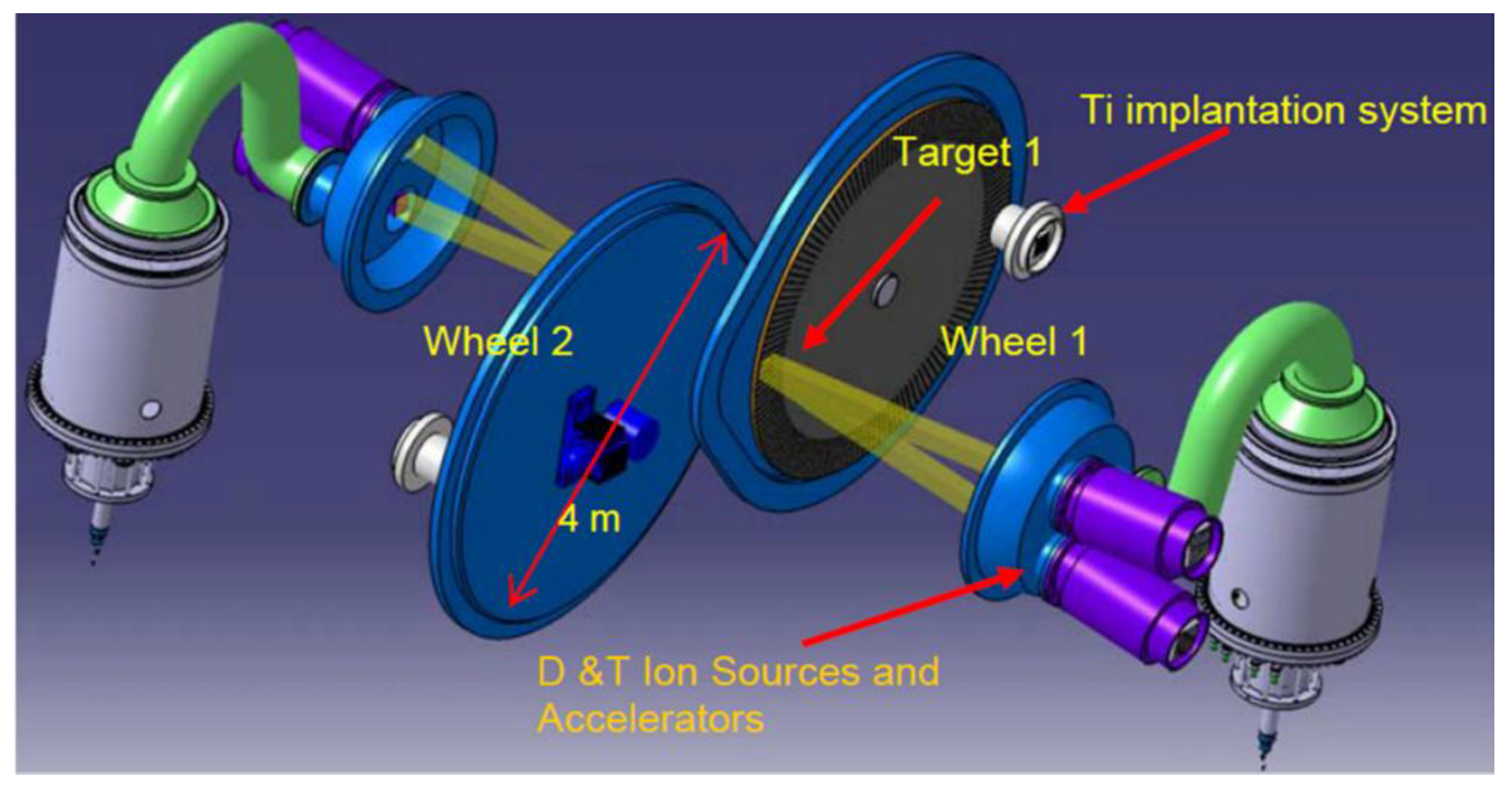
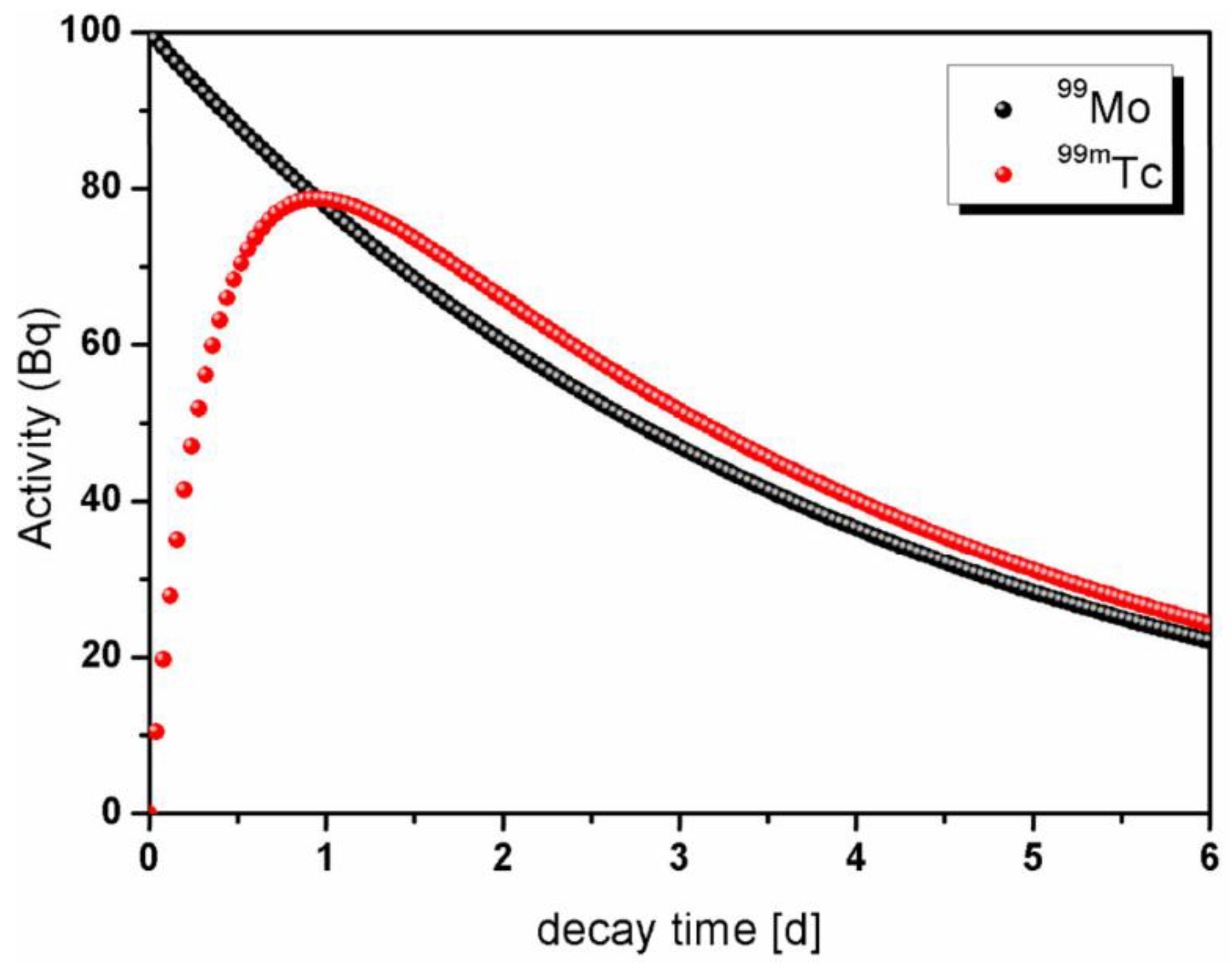
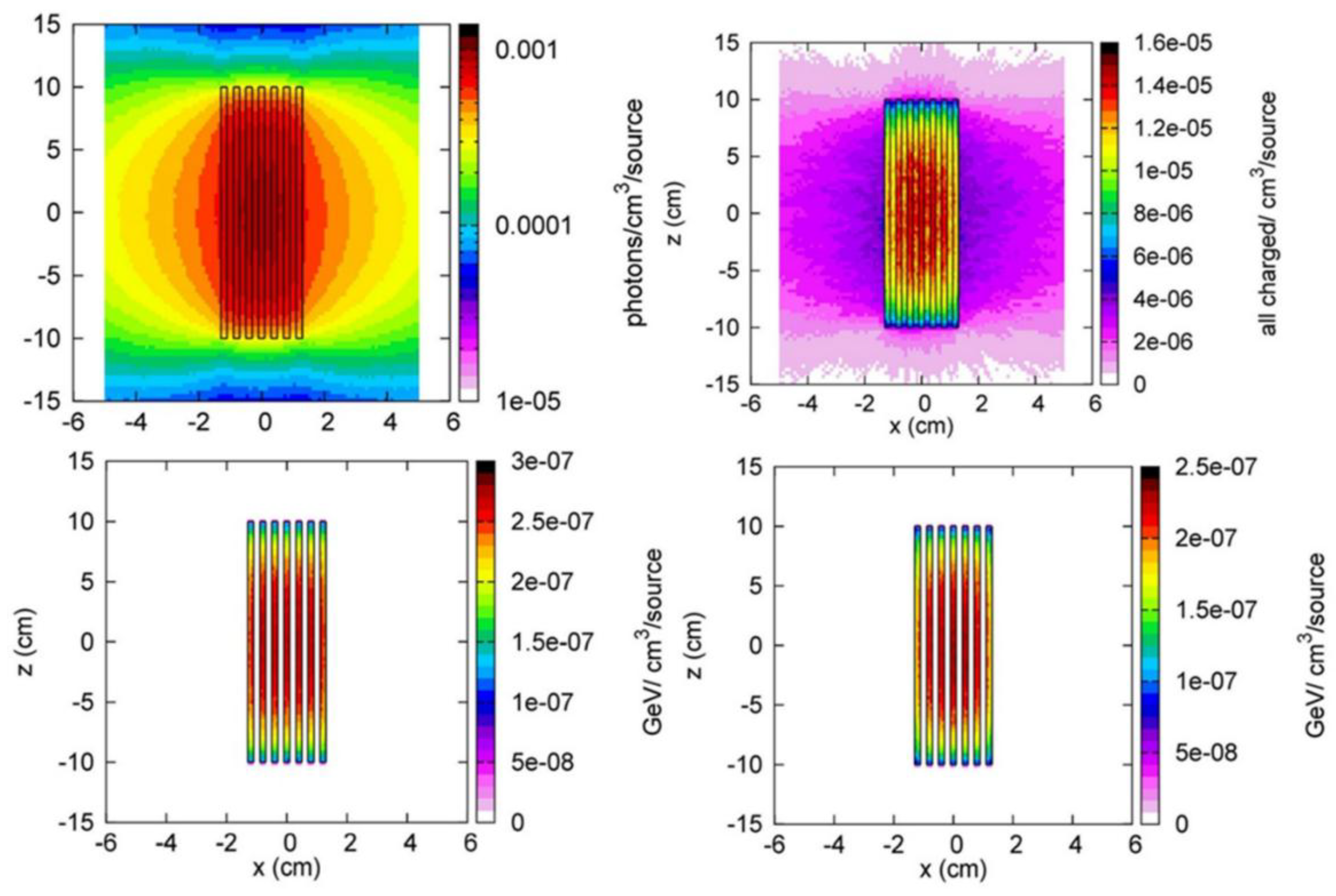
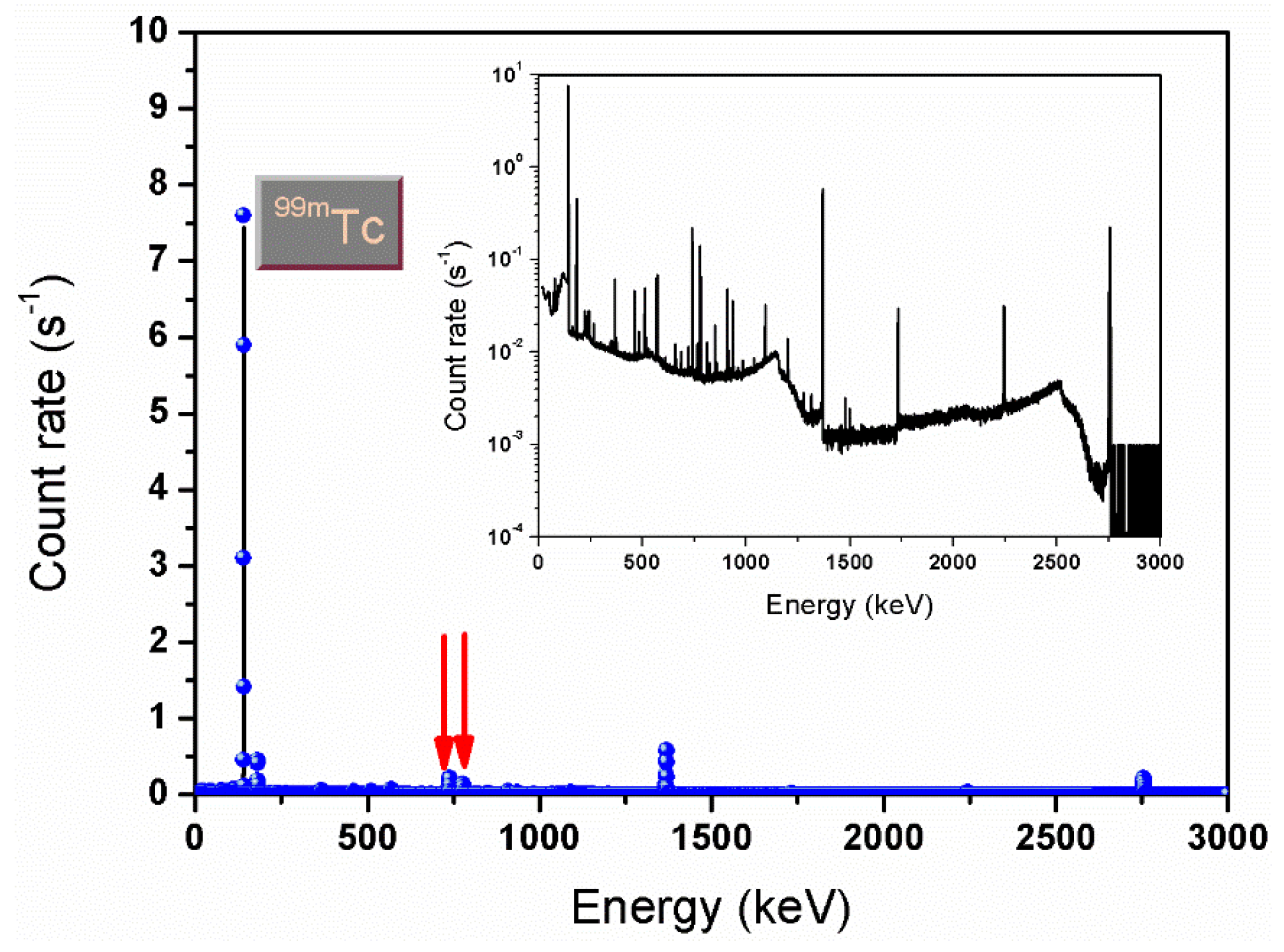
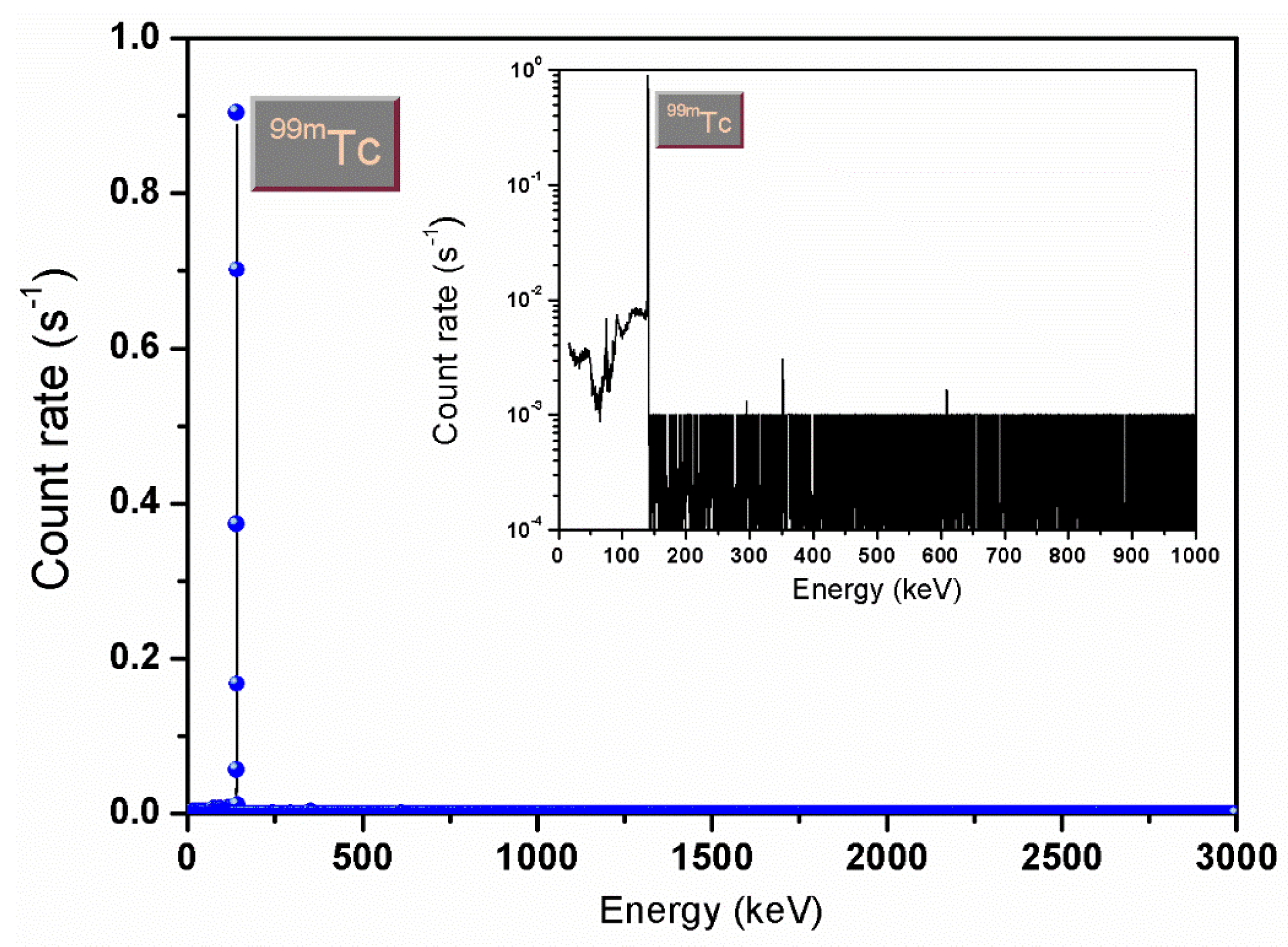
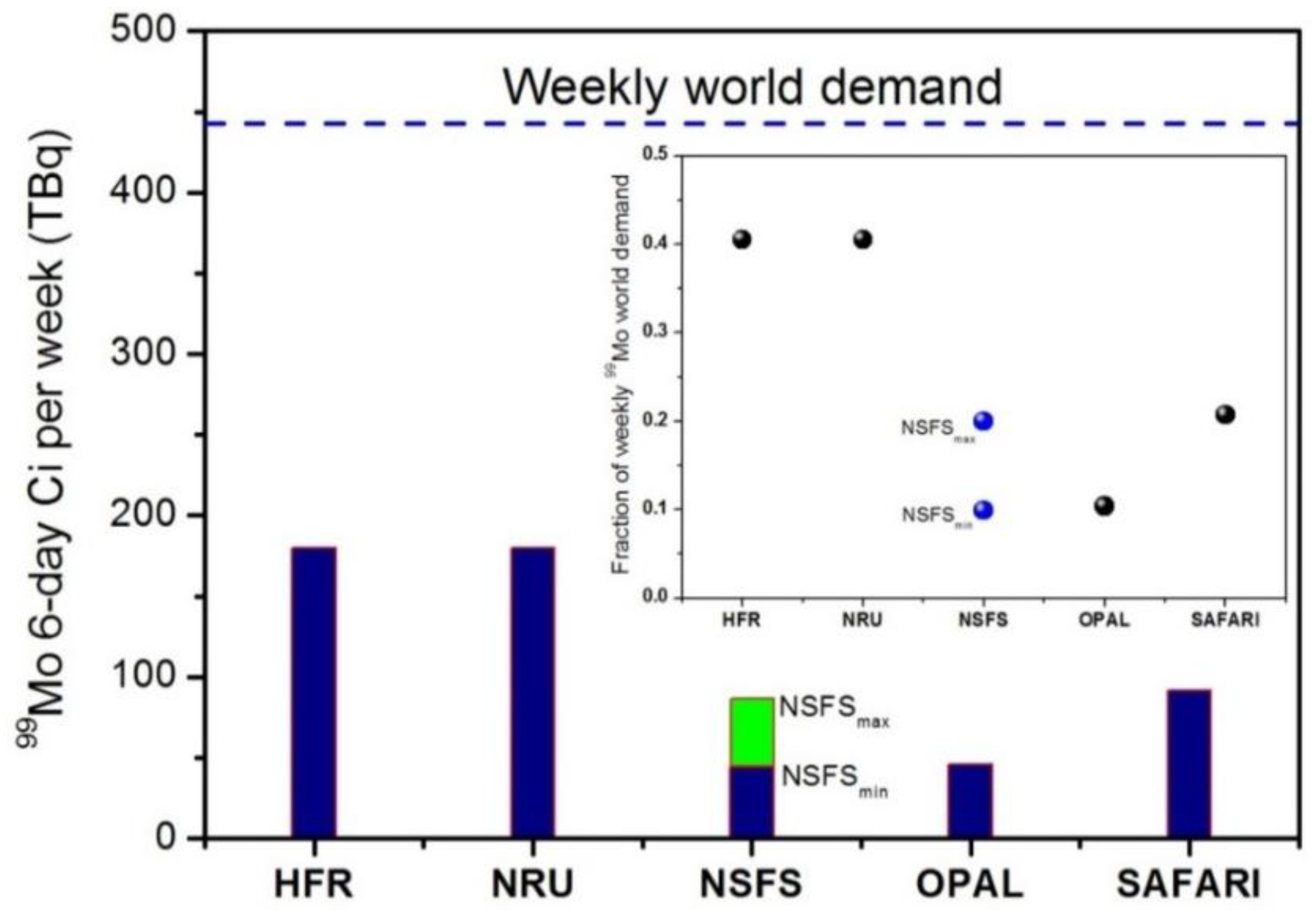
| Energy (keV) | Efficiency |
|---|---|
| 59.54 | 6.3948 × 10−3 |
| 80.99 | 1.1430 × 10−2 |
| 121.78 | 1.2462 × 10−2 |
| 244.67 | 9.4432 × 10−3 |
| 276.40 | 9.2965 × 10−3 |
| 302.85 | 8.7134 × 10−3 |
| 344.30 | 7.6811 × 10−3 |
| 356.01 | 7.8276 × 10−3 |
| 383.84 | 7.4923 × 10−3 |
| 411.80 | 6.9161 × 10−3 |
| 661.60 | 5.0448 × 10−3 |
| 778.90 | 4.3317 × 10−3 |
| 867.39 | 4.0252 × 10−3 |
| 964.00 | 3.8244 × 10−3 |
| 1085.80 | 3.5155 × 10−3 |
| 1112.07 | 3.5334 × 10−3 |
| 1173.25 | 3.3827 × 10−3 |
| 1332.50 | 3.0695 × 10−3 |
| 1408.08 | 2.9852 × 10−3 |
| Radionuclide | Abund (%) |
|---|---|
| 92Mo | 14.8 |
| 94Mo | 9.3 |
| 95Mo | 15.9 |
| 96Mo | 16.7 |
| 97Mo | 9.6 |
| 98Mo | 24.1 |
| 100Mo | 9.6 |
| Z | Radionuclide | SAMC (*) (Bq g−1) | SAExp (Bq g−1) |
|---|---|---|---|
| 40 | 89Zr | 46.35 ± 1.6% | 48 ± 4.9% |
| 95Zr | 0.96 ± 5.5% | 0.97 ± 6.4% | |
| 97Zr | 16.1 ± 9.1% | 16.6 ± 5.8% | |
| 41 | 93Nbm | 39.1 ± 1.8% | 40 ± 4.5% |
| 95Nb | 189.7 ± 2.5% | 187 ± 1.8% |
| Quality Controls | RCP | CP | |||
|---|---|---|---|---|---|
| [99mTc]TcO4− | pH | Mo | Al | MEK | |
| Experimental | >99% | 5 | <5 ppm | <5 ppm | <0.0005% (v/v) |
| EU Pharmacopoeia | ≥95% | 4–8 | <5 ppm | <0.5% (v/v) | |
| Element | M (amu) | C (μg/L) |
|---|---|---|
| Be | 9 | 2.84 |
| In | 115 | 0.18 |
| Sm | 147 | 0.08 |
| Tb | 159 | 0.05 |
| Er | 166 | 0.07 |
| Yb | 172 | 0.03 |
| Re | 185 | 3.72 |
| Pb | 208 | 0.29 |
| Forward Power | 1550 W |
|---|---|
| Nebulizer gas | 1.07 L/min |
| Carrier gas | 1.09 L/min |
| Sample flow | 100 µL/min |
| Torch | single piece, quartz |
| Nebulizer | Concentric quartz MicroMist Nebulizer |
| Spray chamber | quartz impact bead |
| Makeup gas | 0.00 L/min |
| Option gas | 0.0% |
| Collision Cell gas (He) | 5.0 mL/min and 10.0 mL/min (in High-Energy Mode) |
| Reaction Cell gas (H2) | 6.0 mL/min |
| Octapole bias | −18.0 V |
| KED | 3.0 V |
| Dwell time | 0.3 s |
| Scenario | Δ [cm] | MMo [Kg] | θ | NAw EOP [TBq] |
|---|---|---|---|---|
| BT * | 1.5 | 2.8 | 0.30 | 34 |
| ST * | 0.2 ** (7 Plates) 0.1 ** (15 Plates) | 2.7 2.8 | 0.25 0.19 | 44 37 |
| Fission Facilities | NAw [Bq] |
|---|---|
| HFR-PETTEN [37] | 1.8 × 1014 |
| SAFARI-PELINDABA [38] | 9.2 × 1013 |
| NRU-CHALK RIVER [39] | 1.8 × 1014 |
| OPAL-SYDNEY [40] | 4.6 × 1013 |
| D-T Fusion source | |
| NSFS [14,15,16] | (4.4 ÷ 8.8) × 1013 |
© 2018 by the authors. Licensee MDPI, Basel, Switzerland. This article is an open access article distributed under the terms and conditions of the Creative Commons Attribution (CC BY) license (http://creativecommons.org/licenses/by/4.0/).
Share and Cite
Capogni, M.; Pietropaolo, A.; Quintieri, L.; Angelone, M.; Boschi, A.; Capone, M.; Cherubini, N.; De Felice, P.; Dodaro, A.; Duatti, A.; et al. 14 MeV Neutrons for 99Mo/99mTc Production: Experiments, Simulations and Perspectives. Molecules 2018, 23, 1872. https://doi.org/10.3390/molecules23081872
Capogni M, Pietropaolo A, Quintieri L, Angelone M, Boschi A, Capone M, Cherubini N, De Felice P, Dodaro A, Duatti A, et al. 14 MeV Neutrons for 99Mo/99mTc Production: Experiments, Simulations and Perspectives. Molecules. 2018; 23(8):1872. https://doi.org/10.3390/molecules23081872
Chicago/Turabian StyleCapogni, Marco, Antonino Pietropaolo, Lina Quintieri, Maurizio Angelone, Alessandra Boschi, Mauro Capone, Nadia Cherubini, Pierino De Felice, Alessandro Dodaro, Adriano Duatti, and et al. 2018. "14 MeV Neutrons for 99Mo/99mTc Production: Experiments, Simulations and Perspectives" Molecules 23, no. 8: 1872. https://doi.org/10.3390/molecules23081872
APA StyleCapogni, M., Pietropaolo, A., Quintieri, L., Angelone, M., Boschi, A., Capone, M., Cherubini, N., De Felice, P., Dodaro, A., Duatti, A., Fazio, A., Loreti, S., Martini, P., Pagano, G., Pasquali, M., Pillon, M., Uccelli, L., & Pizzuto, A. (2018). 14 MeV Neutrons for 99Mo/99mTc Production: Experiments, Simulations and Perspectives. Molecules, 23(8), 1872. https://doi.org/10.3390/molecules23081872










